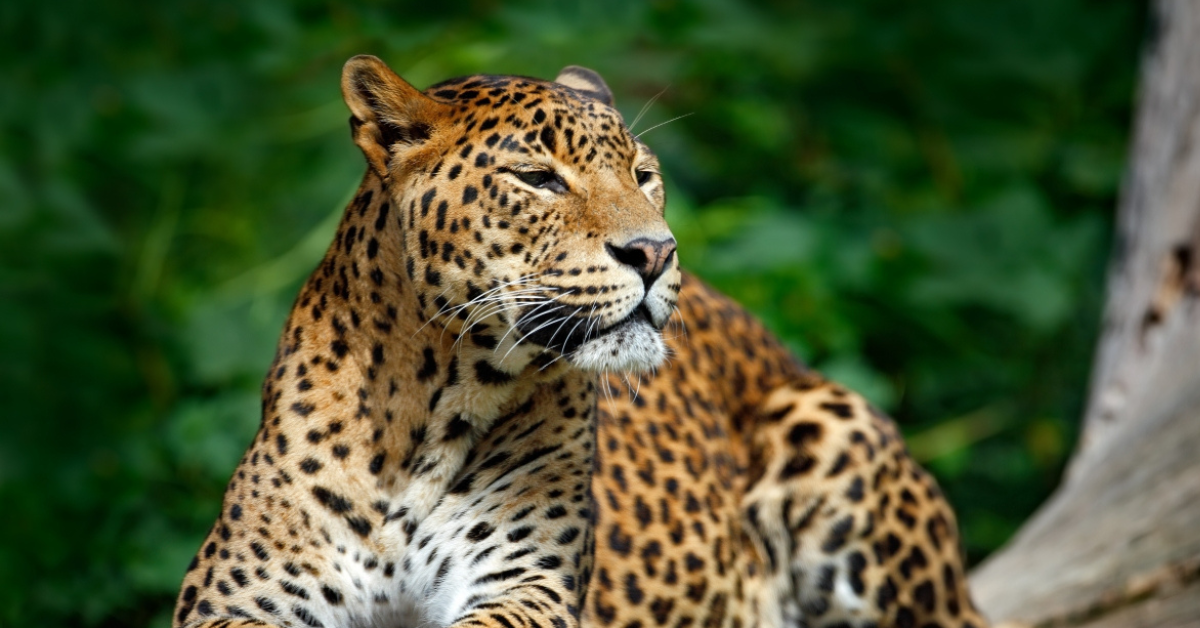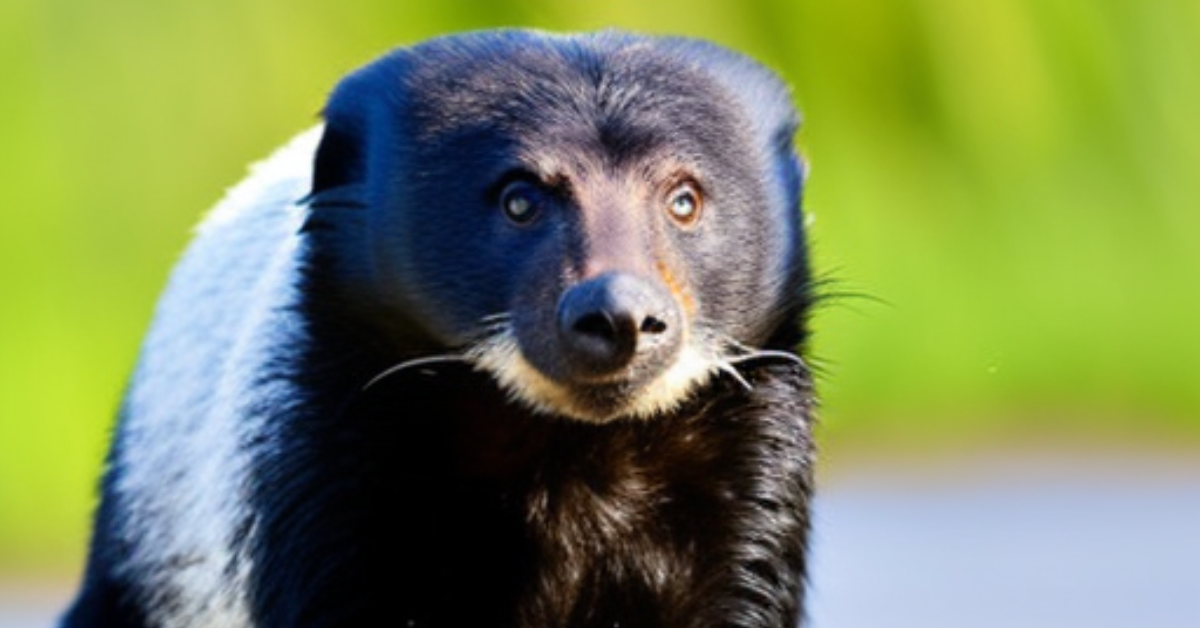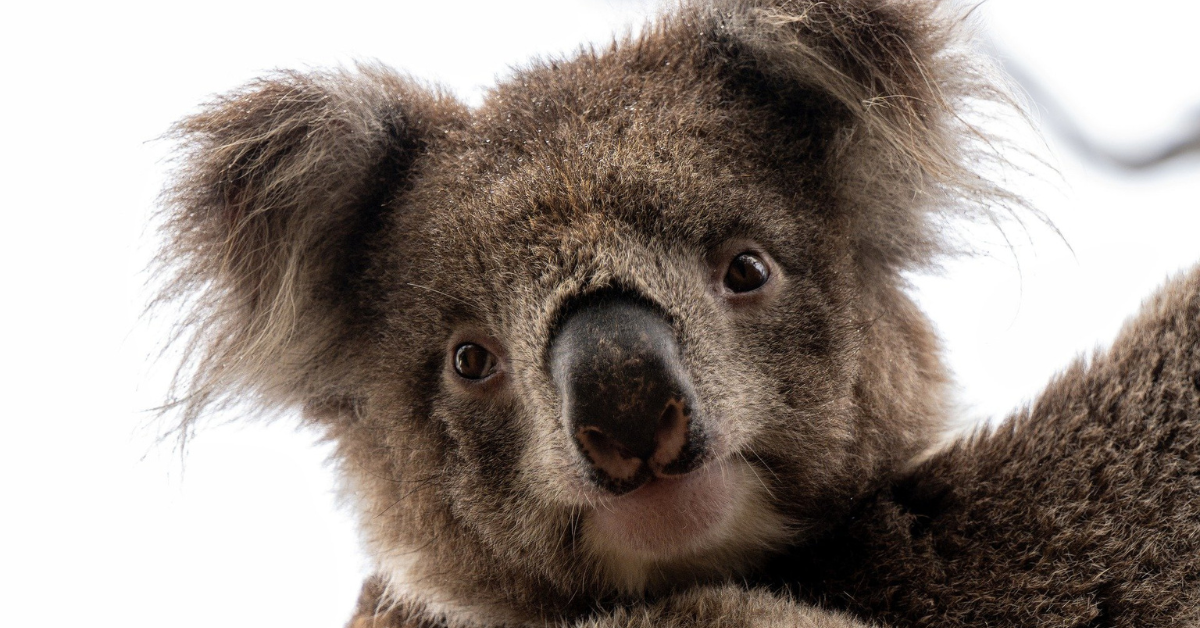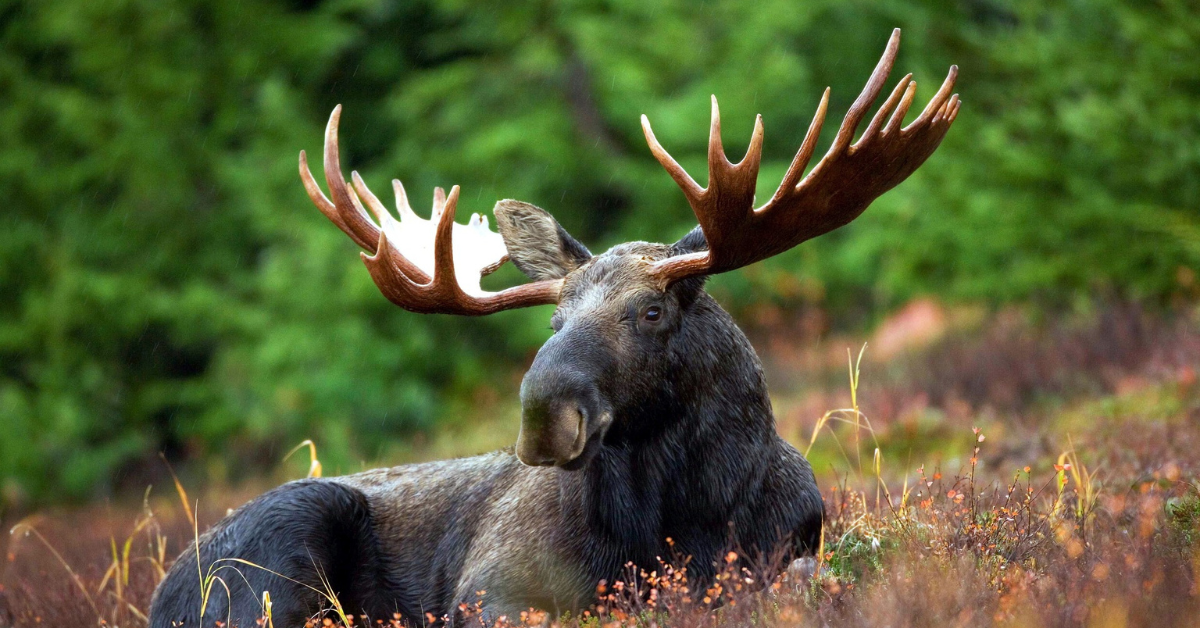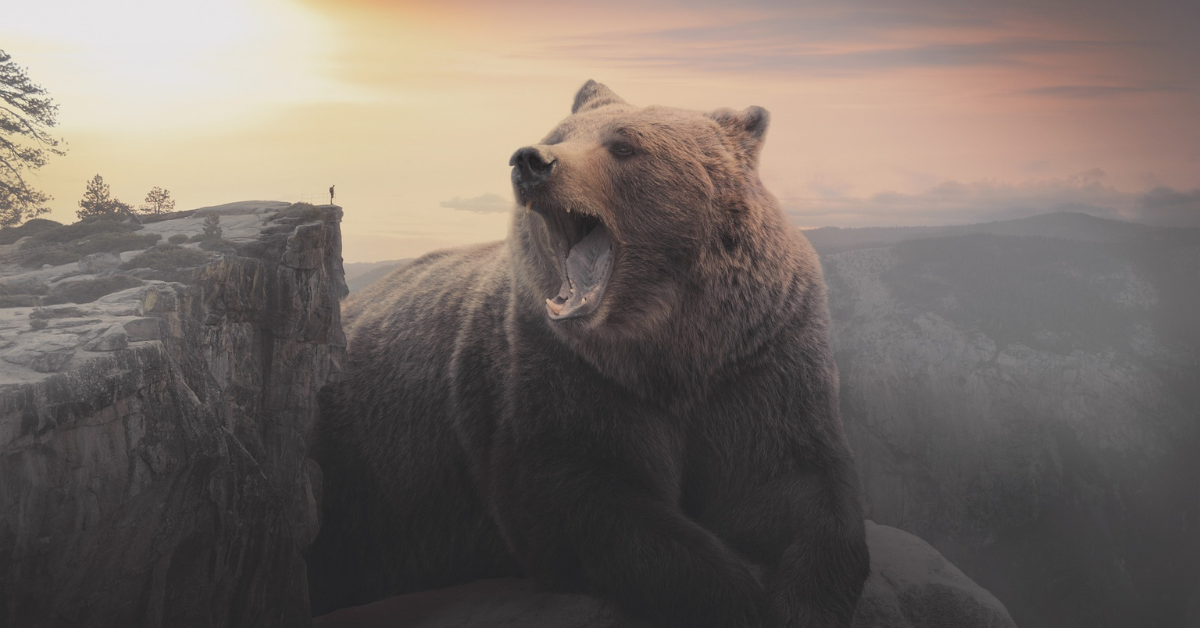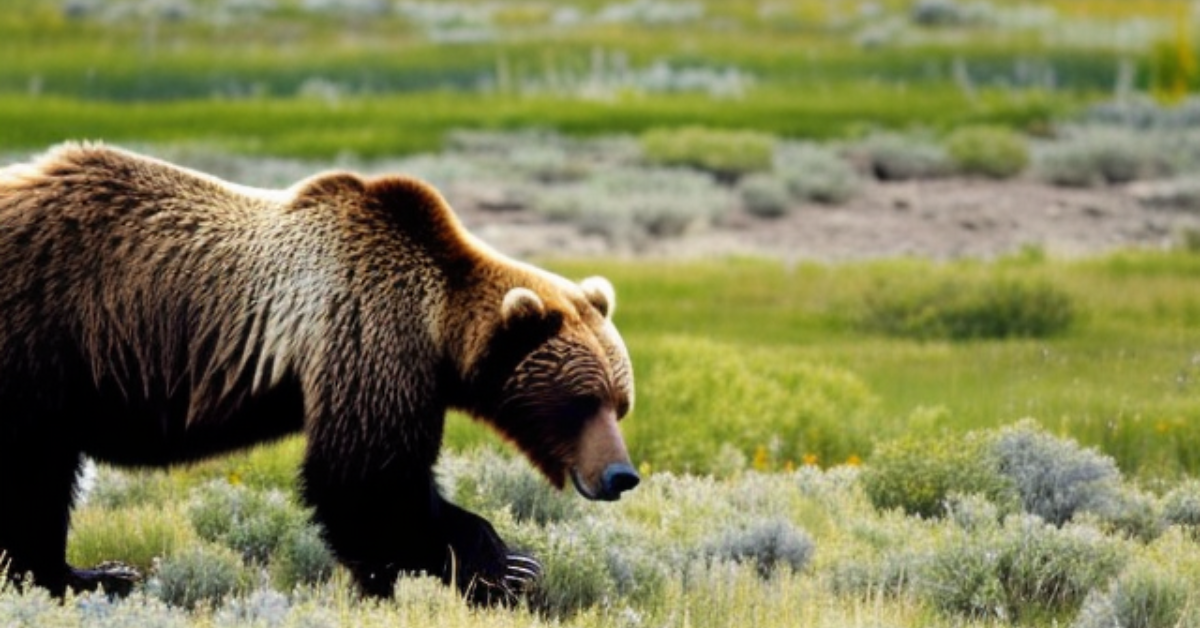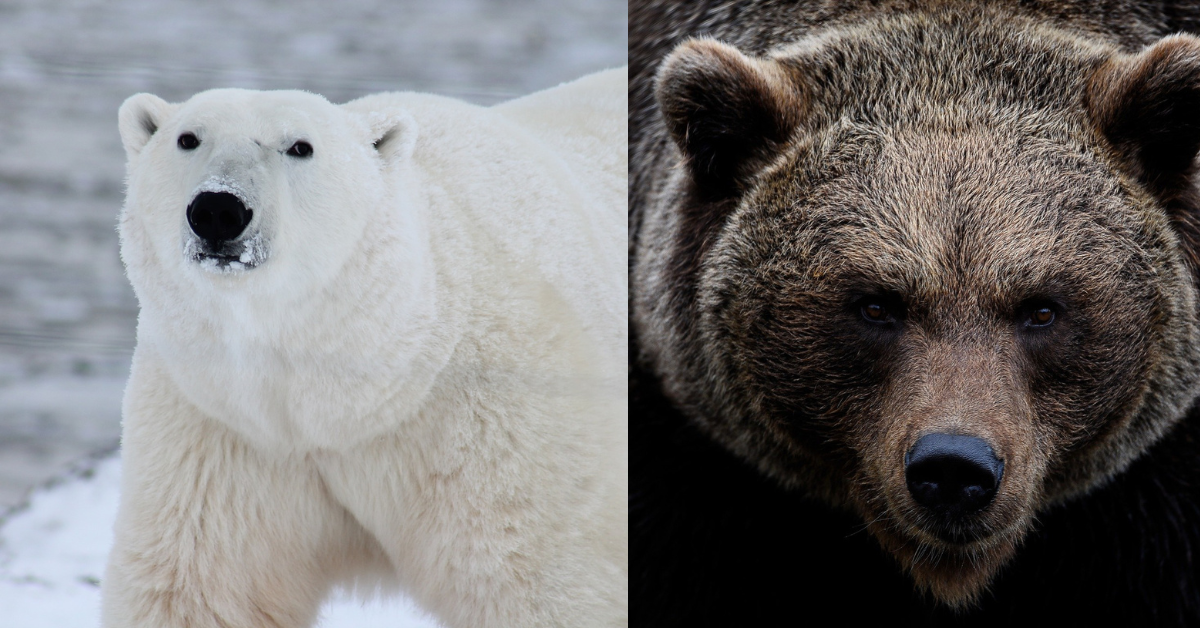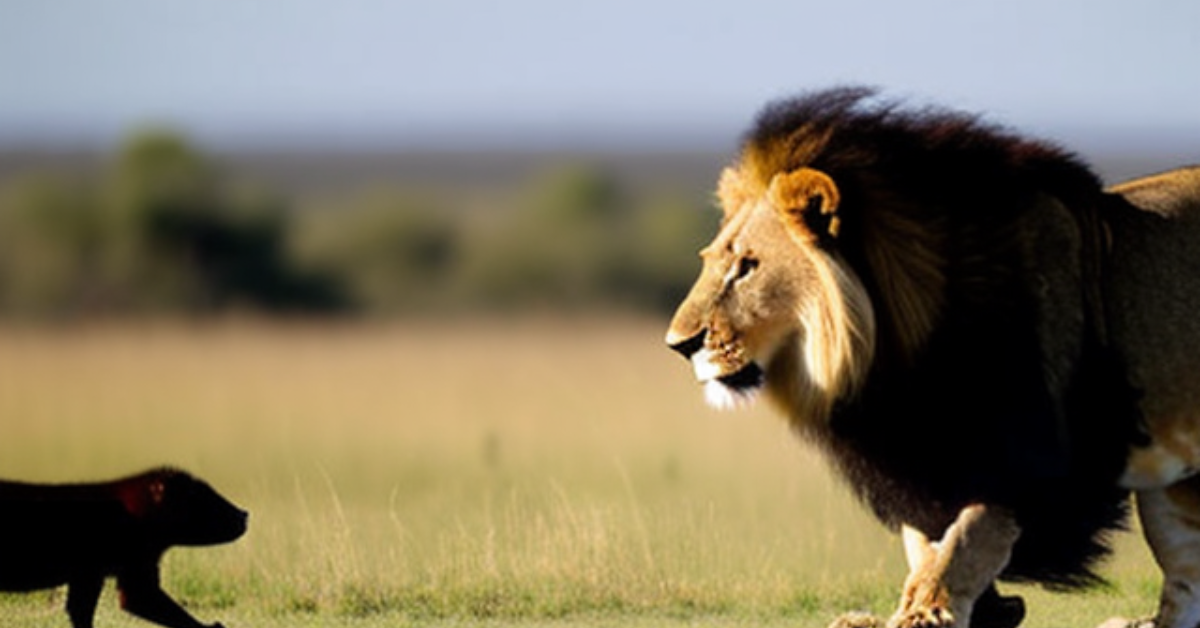
Coyotes are known to be fast runners and can run at speeds of up to 40 miles (64 kilometers) per hour for short distances. However, they typically run at slower speeds of around 20-30 miles (32-48 kilometers) per hour when chasing prey over longer distances. Coyotes are also agile and can change direction quickly, allowing them to navigate through rough terrain and catch prey with ease.

